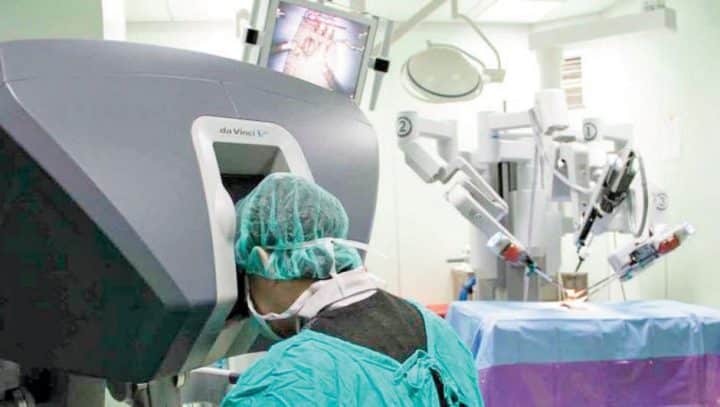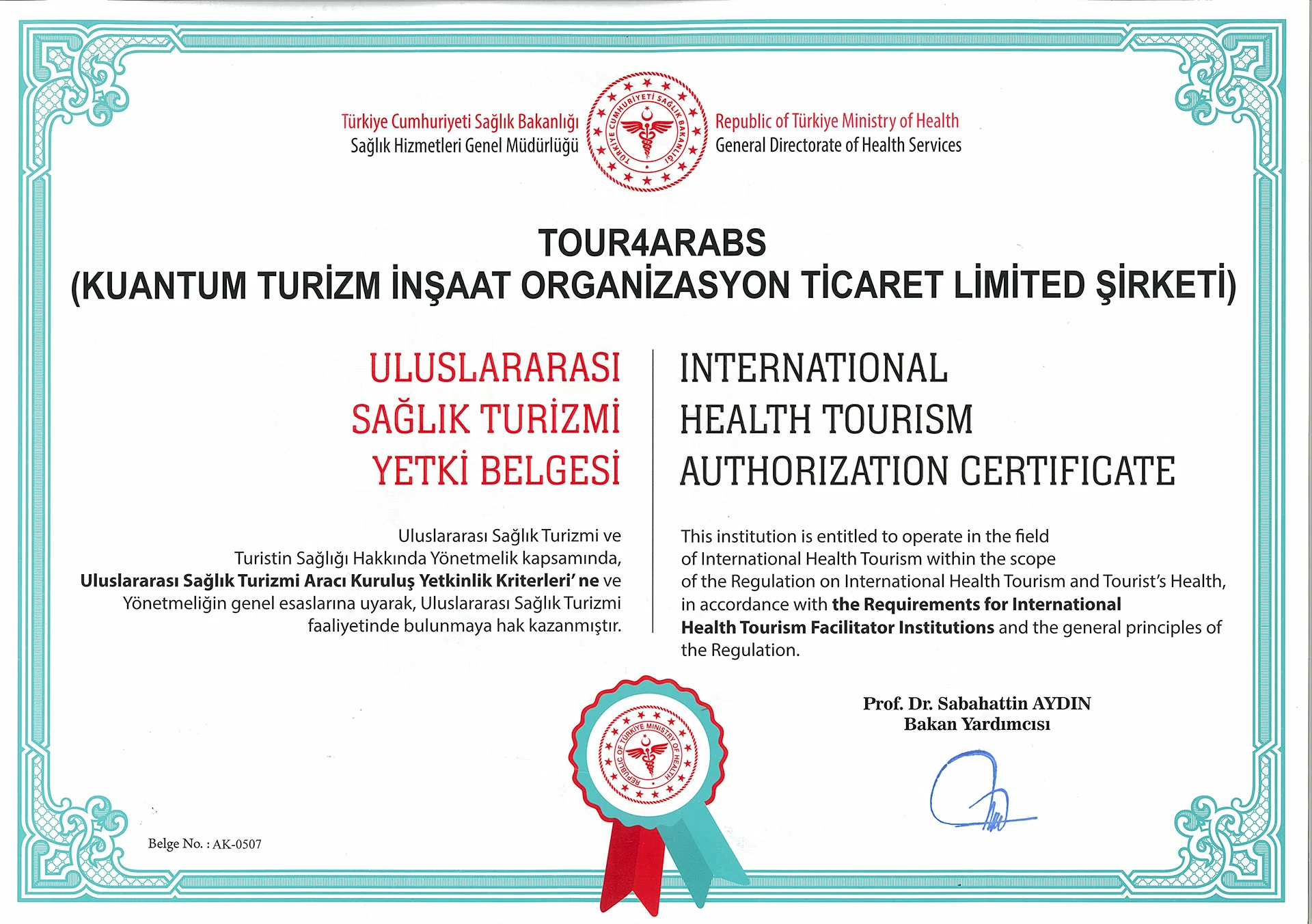Advantages of Robotic surgery in Joint Prosthesis
Joint prostheses are one of the treatment methods that have been successfully applied for years in patients with advanced joint damage. They are most often applied in the knee, hip and shoulder joints. Worn joint surfaces are replaced with implants that allow painless movement.
In our country, 100,000 knee and 40,000 hip prostheses are applied annually. In this treatment method, which has a history of more than 50 years. There have been many developments in both implant design and materials and surgical techniques over the years.
Modern prostheses are expected to provide trouble-free service for over 20 years when made in accordance with their technique.
Robotic prosthetic surgery is a technological aid that allows the surgeon to place the joint prosthesis more accurately. And with minimal soft tissue damage.
Robotic prosthetic surgery is not an experimental method. It received FDA approval in 2008 and has been successfully applied to more than 300,000 patients around the world so far.
More than 800 scientific publications have been made about this surgery, which has been performed in more than 900 centers in the world, and its usage areas, techniques and restrictions have been determined.
What are the advantages of robotic surgery?
More precise and accurate prosthesis placement is provided.
With robotic surgery, bone incisions planned by the surgeon are performed with 1mm and 1 degree angular precision. It is not possible for even the most experienced surgeons to make incisions with this accuracy. It has been proven that prostheses placed with an angular error of more than 3 degrees in the knee joint shorten their lifespan and require earlier revision.
Inappropriate prosthesis size and placement lead to continued post-operative pain and joint stiffness. Angular and length-related errors during the placement of the prosthesis in the hip joint cause recurrent prosthesis dislocations, leg height inequality and premature wear.
Robotic surgery minimizes the risk of error as it provides excellent accuracy in the size and 3D placement of the prosthesis in both the hip and knee joints.
A perfect bond balance is achieved
At every stage of the surgery, the tension and balance of the soft tissues in both hip and knee joints are controlled by robotic systems. It is possible to provide a perfect ligament balance by making minor adjustments during the surgery when necessary.
After the permanent prostheses are placed, the soft tissue measurements made for the last time confirm that the desired ligament balance has been achieved.
Ligament imbalances after knee prostheses negatively affect patient satisfaction, causing either a very hard or loose knee feeling. This restricts knee movements and can cause insecurity and problems with activities such as climbing stairs.
Soft tissue imbalance after hip replacement causes recurrent dislocations. Robotic surgery provides an excellent soft tissue balance in both knee and hip replacements.
Post-operative period is more comfortable
During classical prosthesis surgery, there is no need for wide ligament loosenings for placing incision guides, drilling a hole in the bone canal and providing soft tissue balance in robotic surgery. Less blood loss, combined with less soft tissue damage, is less painful in the post-robotic surgery period.
Since the tourniquet is not used, it is easier to gain knee movements. And the loss of muscle strength is less. Thus, rehabilitation goals can be reached earlier. The hospital stay, which is 3 days in classical surgery, may be 2 days in robotics in some patients.
Prosthesis durability is longer
The efficient use of joint prostheses is 15-20 years for knee prostheses and 20-25 years for hips. Later, due to wear and tear on the prosthesis and related loosening problems. Surgical procedures called revision surgery, in which the prosthesis is replaced, may be required.
In robotic partial knee prostheses with the longest follow-up period, prosthesis durability is longer than conventional prostheses and revision rates are lower.
In contrast, the mid-term results of robotic hip and knee prostheses are similar to conventional prostheses. However, robotic prosthetic surgery is a constantly evolving technology. So the results of robotic surgeries performed 10 years ago are not the same as today’s robotic surgeries. It is known that modern robotic surgeries, where the prosthesis is placed more accurately in all 3 planes, will last longer.
Can every orthopedist perform robotic surgery?
Joint prosthesis applications are an integral part of the education of every orthopedist. However, after a special training and certification process for robotic surgery, regular and sufficient number of robotic procedures will increase success. Research shows that the learning curve of robotic surgery is 10 procedures. Which means that after 10 surgeries, the surgeon completes the surgery in the targeted time and fluently.
However, accuracy and precision are high from the first operation, because the robot has systems and warnings to prevent the surgeon from making mistakes.
Why is the cost of robotic surgery higher?
In order to perform robotic surgery, a very serious investment is required, as well as the installation, regular maintenance and calibration of high-tech equipment such as robot, control unit and camera units.
In order to make the surgical plan, special 3D tomography imaging and its processing are required. Electronic optical observers, leg holders, electronic probes required during robotic surgery are disposable. And cannot be reused after they are used for you.
All these technologies have a cost, which will be reflected in your surgery cost.
Am I eligible for robotic surgery?
If your general health condition is suitable for joint replacement surgery, there is no obstacle to performing robotic surgery. Even specialized surgeries such as high hip dislocation can be performed with robotic surgery. Robotic surgery may not be suitable for knees with advanced bone loss where metal blocks will be required in the knee joint. This condition occurs in less than 2% of all patients. Your doctor will make the final decision on robotic surgery after examining you and examining your x-ray images.






